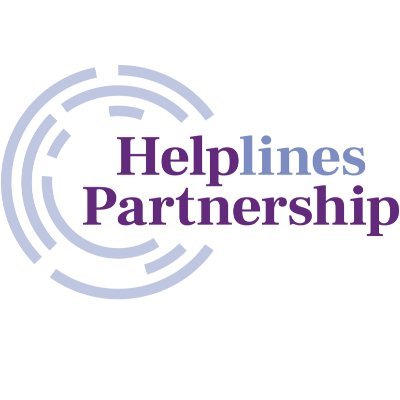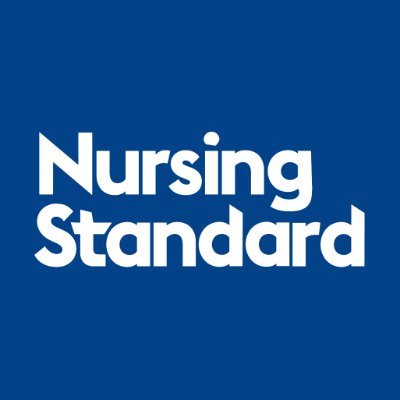
Andrew Flatt
@andrew_flatt
Followers
8,265
Following
496
Media
674
Statuses
5,020
Professor and Researcher. Interested in the application of HRV in sport, exercise, and health.
Joined October 2012
Don't wanna be here?
Send us removal request.
Explore trending content on Musk Viewer
ジャンプ
• 186853 Tweets
JUMP
• 138418 Tweets
FOURTH COMEBACK
• 135463 Tweets
ACTRESS ENGFA FIRST MOVIE
• 115287 Tweets
#CDTVライブライブ
• 114686 Tweets
あと5話
• 112268 Tweets
呪術完結
• 100088 Tweets
HUNTER×HUNTER
• 88275 Tweets
大社高校
• 84849 Tweets
神村学園
• 69882 Tweets
KARA
• 61987 Tweets
#音が出たら負け
• 38382 Tweets
#INZMフルZM
• 33633 Tweets
1st MV OF POND
• 31650 Tweets
カウントダウン
• 29514 Tweets
カミガタ
• 27090 Tweets
GEMN
• 26979 Tweets
#海のはじまり
• 25968 Tweets
Gege
• 25745 Tweets
ゲリラ豪雨
• 25542 Tweets
紫耀くん
• 24264 Tweets
ハンターハンター
• 22477 Tweets
familie
• 21330 Tweets
ズマズマ
• 20053 Tweets
キタニタツヤ
• 16600 Tweets
残り5話
• 15858 Tweets
ファタール
• 13643 Tweets
土砂降り
• 12760 Tweets
海ちゃん
• 12117 Tweets
Aqua Timez
• 11747 Tweets
エンティーム
• 11278 Tweets
サラスト
• 10710 Tweets
Last Seen Profiles
Factors that help ↑ HRV:
- perceived safety
- connectedness
- predictability (routine)
- work autonomy
- aerobic exercise
- nutrition (fruit/veg, oily fish)
- early dinner
- adequate sleep
- Vit D
- healthy body comp
- modest kcal deficit
& address suppressive factors below:
@andrew_flatt
What does the data show regarding how to improve balance? For many of us with sympathetic dominance
@by
0
0
1
8
29
142
It would be tough to find a bigger proponent of HRV tracking than me.
Here’s my response to “Why does someone need to track their HRV?”.
“You will realise that you should perform daily exercise or be less sedentary, prioritise quality sleep, eat well, quit smoking, limit alcohol, manage stress, foster good relationships and budget periodic downtime.”
—
@Andrew_Flatt
via
@JoelSnape
on tracking
#HeartRateVariability
1
0
5
5
8
106



















































































































































